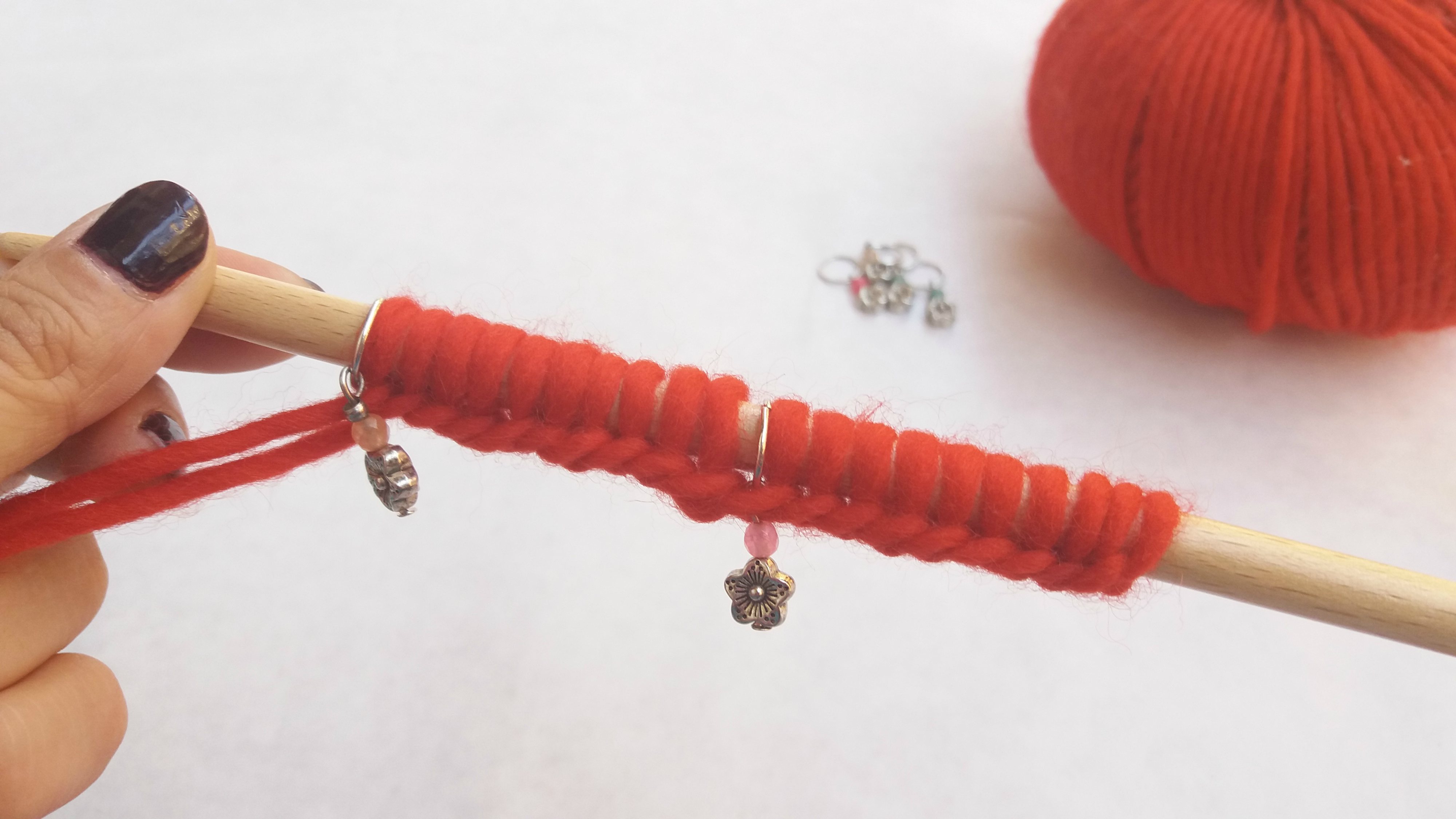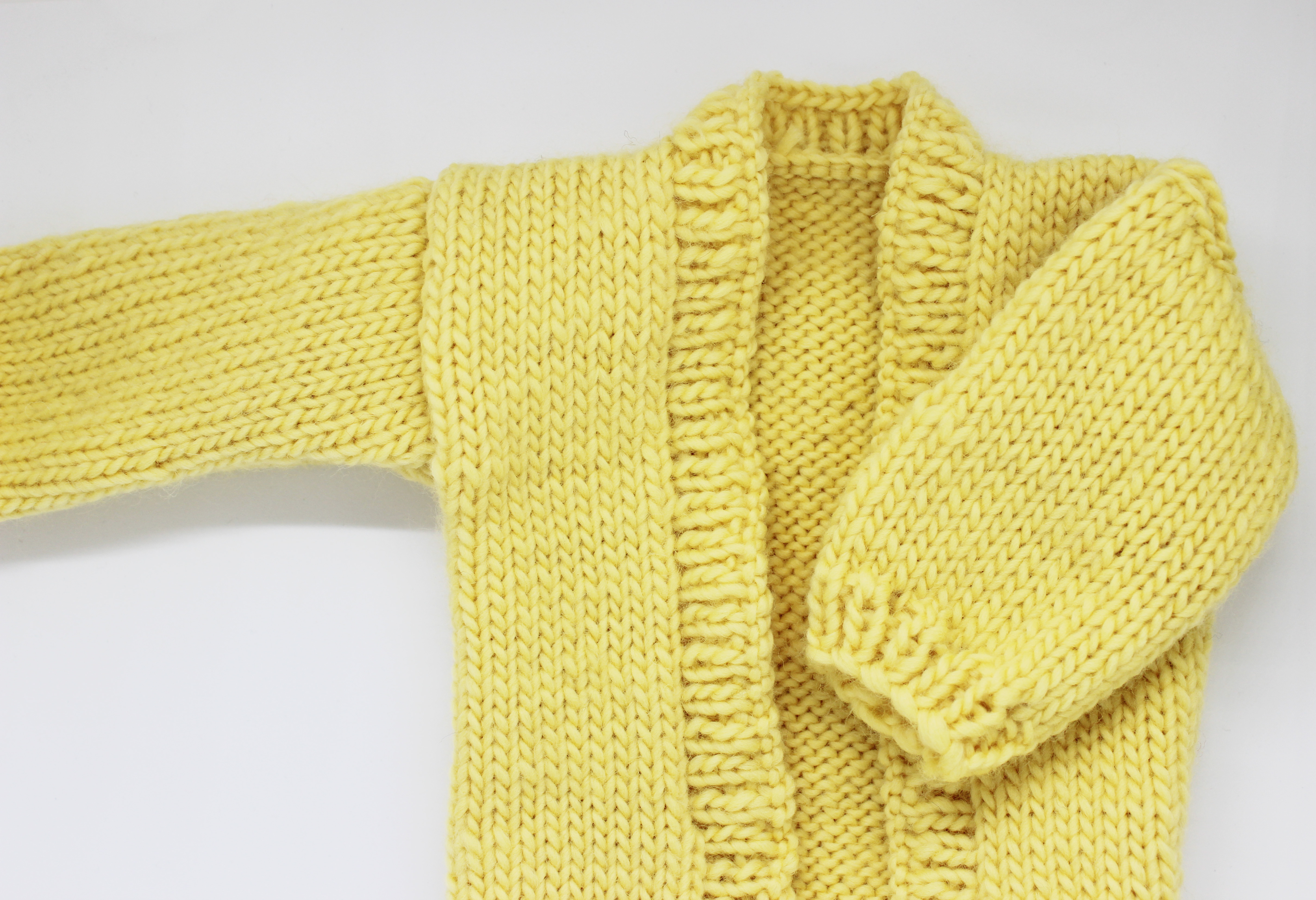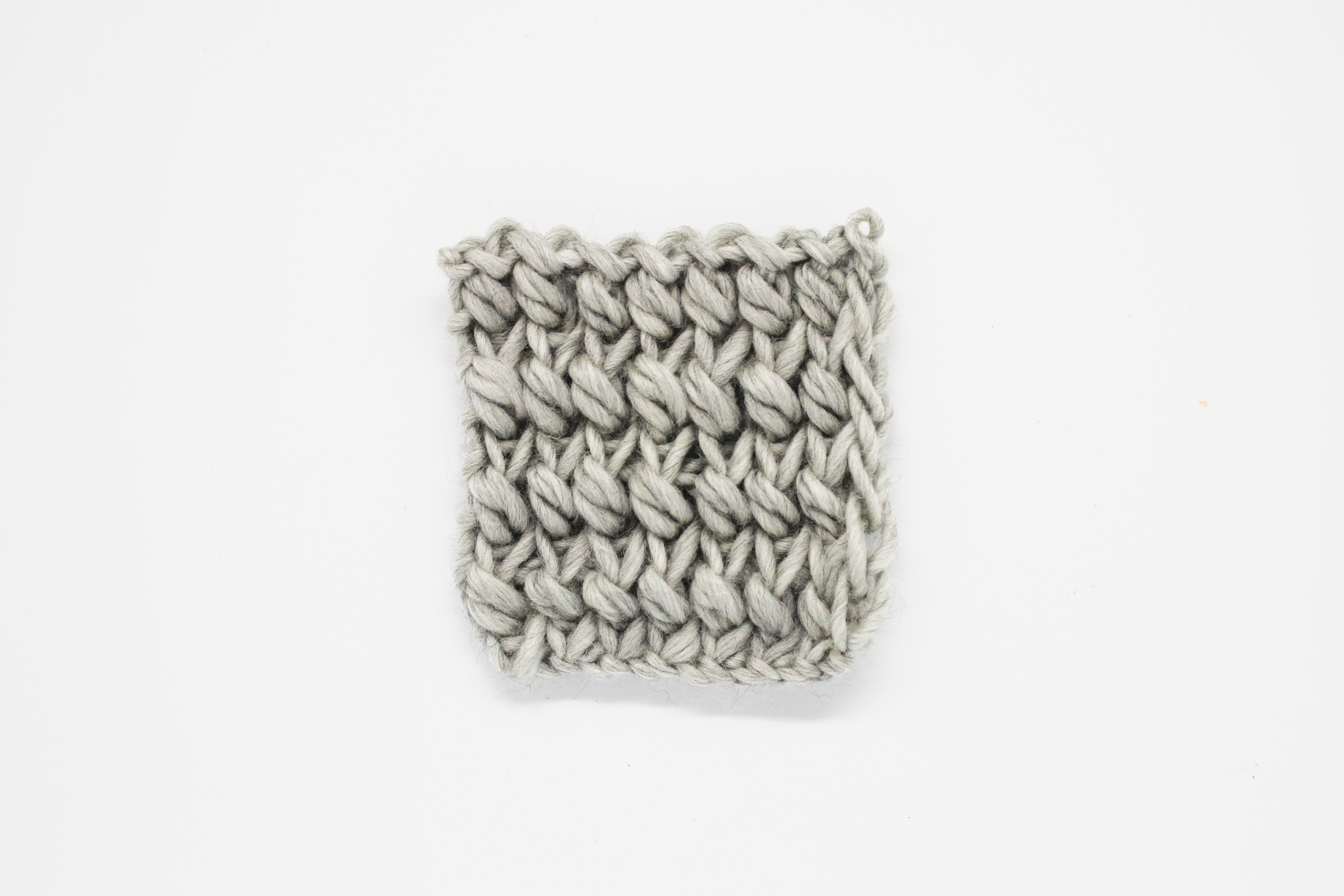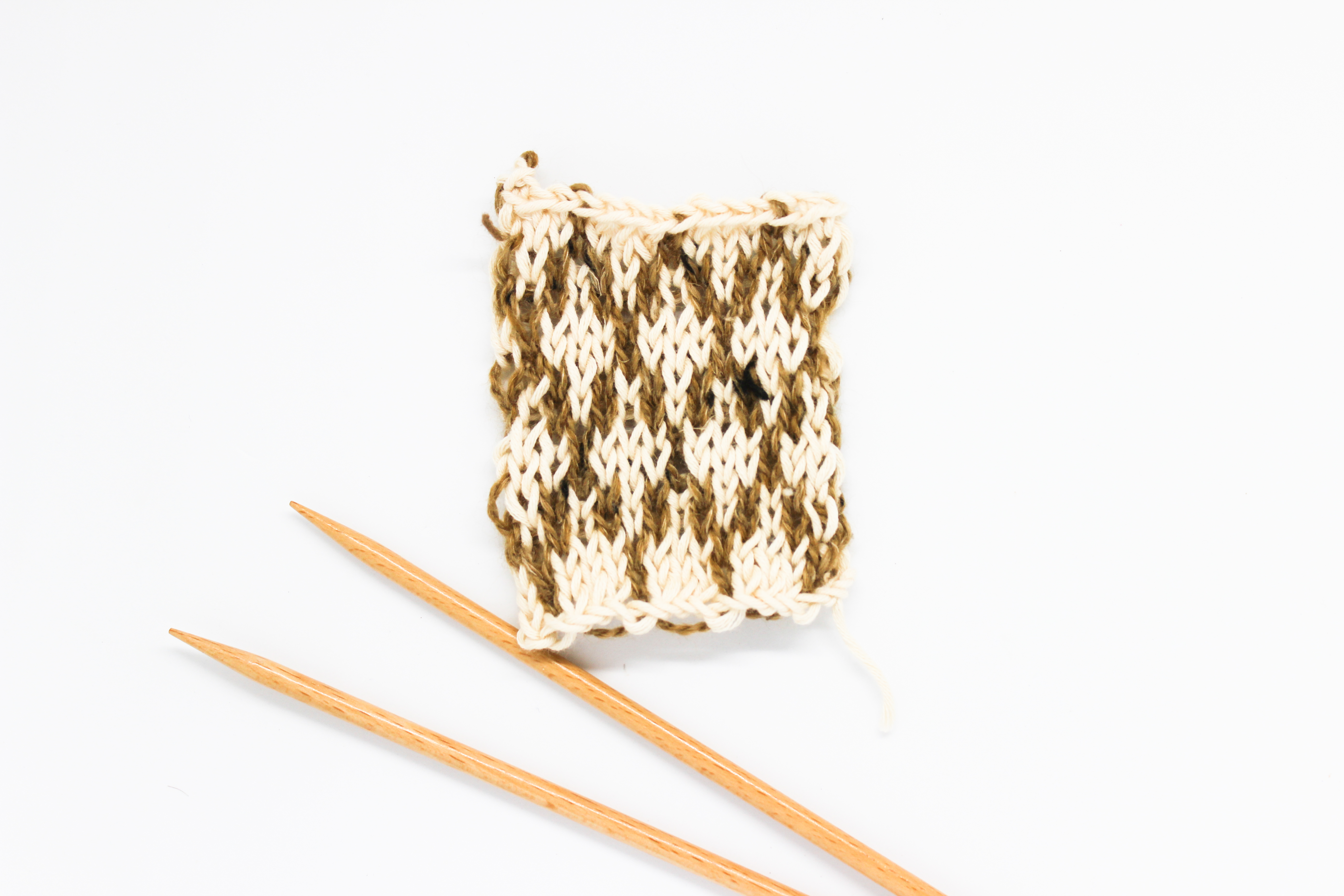How to modify patterns for different yarns?
Hey knitters!
Today we’re going to teach you a very useful trick so that you can modify patterns for any type of yarn: wool, cotton, different weights—not a problem! All that you need to do is measure your gauge and from there you can adapt the stitches and rows to work for your yarn.
Here we give an example so that you’ll have no problem modifying any WE ARE KNITTERS garment that you like, whether in The Wool, The Petite Wool, or The Cotton … with a simple rule of three!
As you know, each of our patterns specify the gauge (or tension) that you’ll need to make the garment, based on the yarn used in the project. This gauge tells you how much tension to use when you’re knitting and how many stitches and rows should be in a 4×4 inches (or 10×10 cm) square to get the final measurements of the pattern
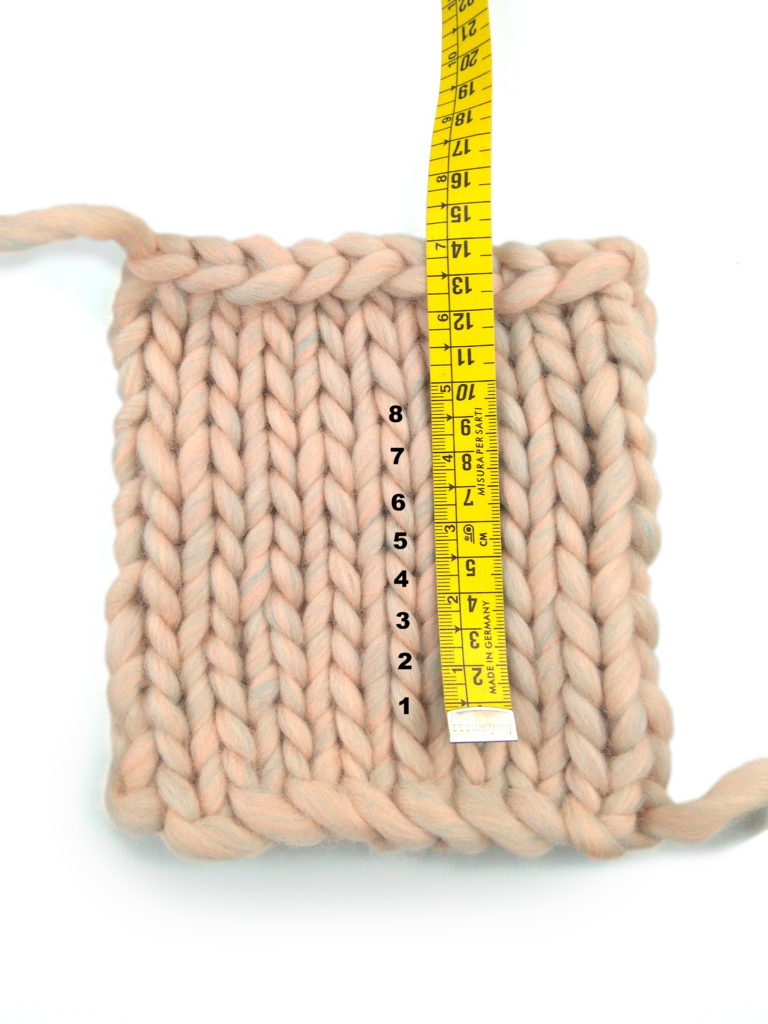
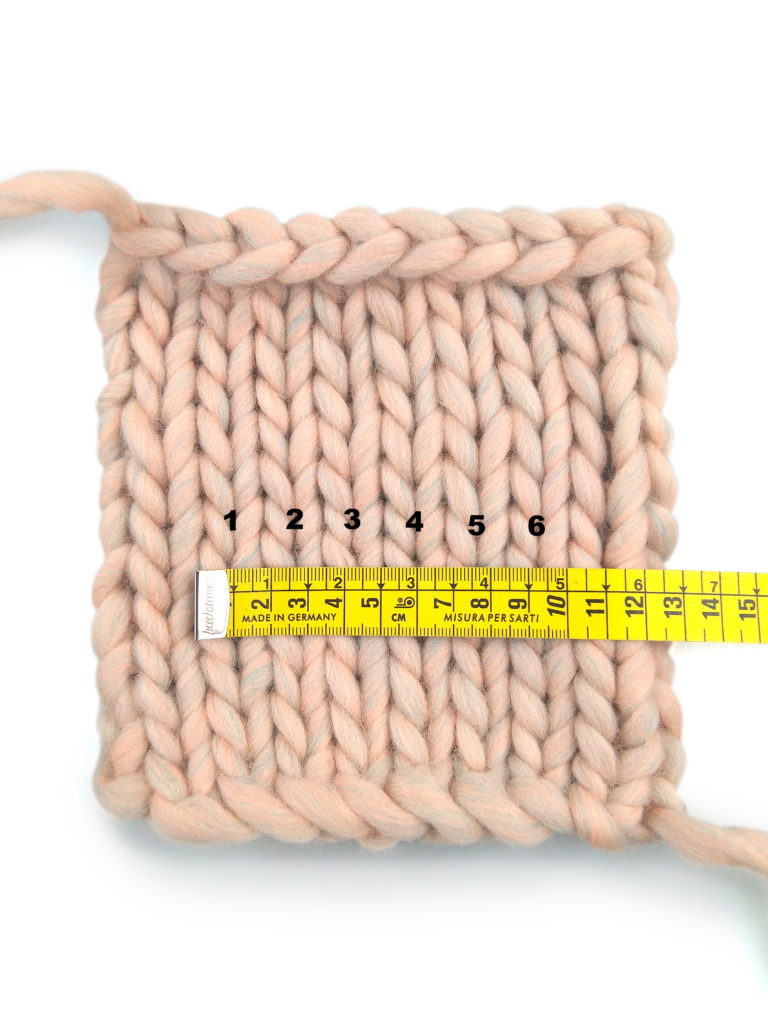
To modify the pattern, you need the following information:
1— First, you should know the measurements of the original pattern.
2—Then, make a gauge swatch that measures at least 4×4 inches (10×10 cm) with the yarn that you want to use in the pattern and count the number of stitches and rows in 4 inches (10 cm). This will be your yarn’s gauge.
3—Knowing this information, you just have to solve for X in the following equation:
Gauge stitches —————————— 4 inches
X ——————————- measurement of the original garment in inches
To do this, multiply the inches (or cm) of the garment by the number of your gauge stitches, then divide by 4 inches (or 10 cm). The result will be the number of stitches that you need to cast on to begin knitting your modified pattern.
Do the same thing to calculate rows:
Gauge rows —————————— 4 inches
X ——————————- measurement of the original garment in inches
This will be the number of rows that you need to work in your modified pattern.
Gauge will depend on the type of fiber and the stitch used, but the rule of threes for calculating it will always be the same.
We’ll use the swatch from the photo as an example. There are 6 stitches and 8 rows in 4 inches (10 cm). If the back piece measures 20 inches (50 cm) wide and 20 inches (50 cm) long, we should calculate the following:
20 inches x 6 stitches / 4 inches = 30 stitches to cast on.
20 inches x 8 rows / 4 inches = 40 rows to knit.
We hope these tips are useful for you and you can start modifying your patterns. Don’t worry, it’s easy!


